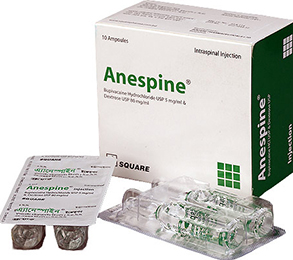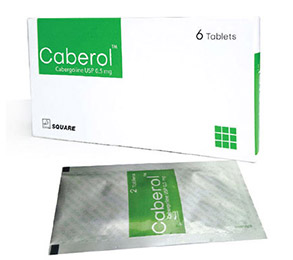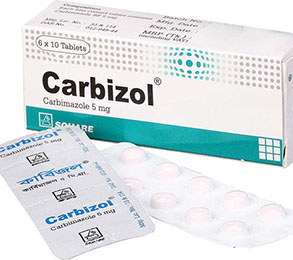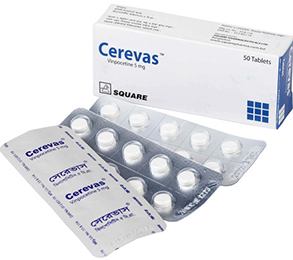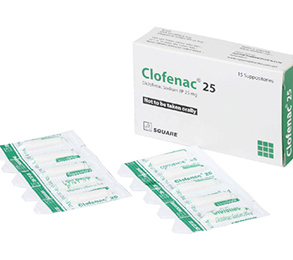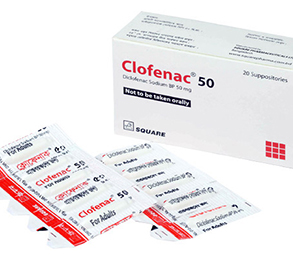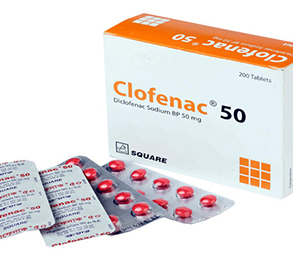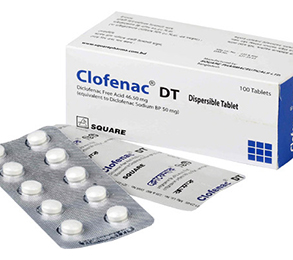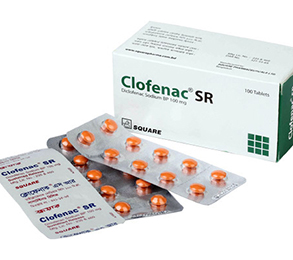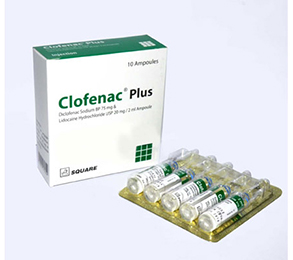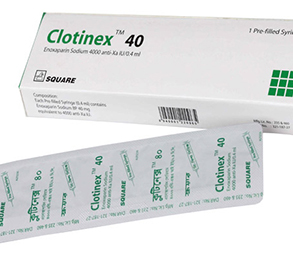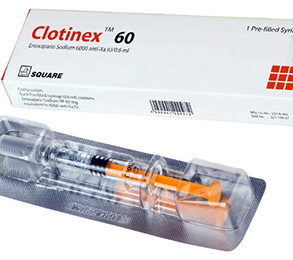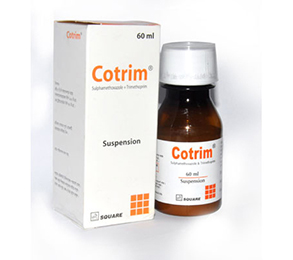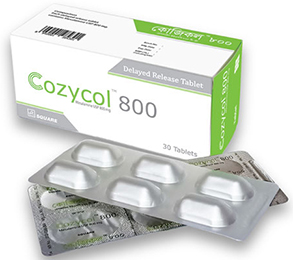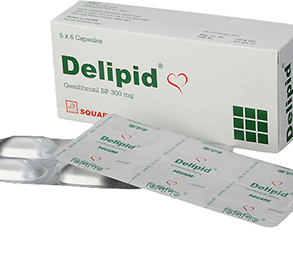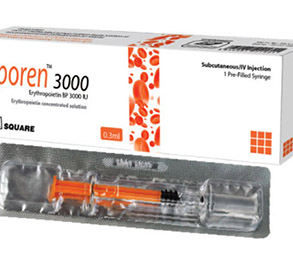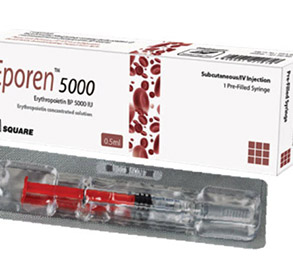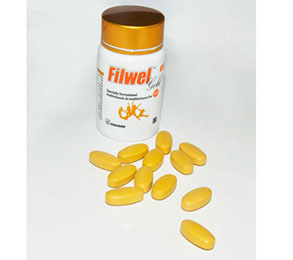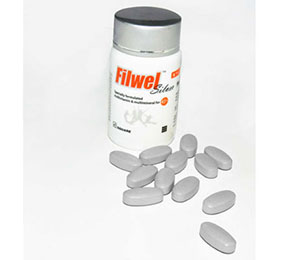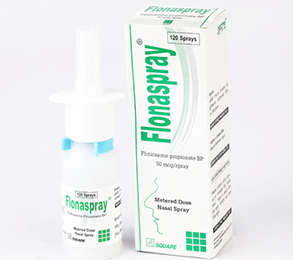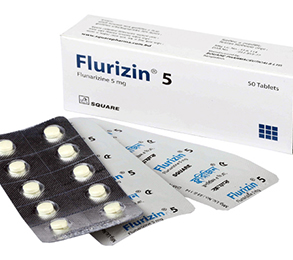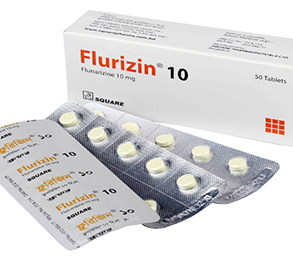Nerkein Injection 0.005 1 Pcs
Alternative products
Bupivacaine Hydrochloride
Indications
Bupivacaine is indicated for the production of local or regional anaesthesia or analgesia for surgery, for oral surgery procedures, for diagnostic and therapeutic procedures, and for obstetrical procedures. The routes of administration and indicated Bupivacaine concentrations are:
- Local infiltration: 0.25%
- Peripheral nerve block: 0.25%, 0.5%
- Sympathetic block: 0.25%
- Lumbar epidural: 0.25%, 0.5% and 0.75% (non-obstetrical)
- Caudal: 0.25%, 0.5%
Description
Bupivacaine injectioin is a preparation of bupivacaine, a long acting local anaesthetic agent that belongs to amide group. It blocks the generation and the conduction of nerve impulses, by increasing the threshold for electrical excitation in the nerve, by slowing the propagation of the nerve impulse, and by reducing the rate of rise of the action potential.
Pharmacology
Bupivacaine binds to the intracellular portion of voltage-gated sodium channels and blocks sodium influx into nerve cells, which prevents depolarization. Without depolarization, no initiation or conduction of a pain signal can occur.
The rate of systemic absorption of bupivacaine and other local anesthetics is dependent upon the dose and concentration of drug administered, the route of administration, the vascularity of the administration site, and the presence or absence of epinephrine in the preparation.
- Onset of action (route and dose-dependent): 1-17 min
- Duration of action (route and dose-dependent): 2-9 hr
- Half life: neonates, 8.1 hr, adults: 2.7 hr
- Time to peak plasma concentration (for peripheral, epidural, or caudal block): 30-45 min
- Protein binding: about 95%
- Metabolism: hepatic
- Excretion: renal (6% unchanged)
Dosage & Administration
Percutaneous infiltration anesthesia For prolonged action: 9 mg with adrenaline (1 in 200,000), may repeat 2-10 mins later if needed. Max: 90 mg per dental sitting.
Peripheral nerve block: 12.5 mg (as 0.25% solution) or 25 mg (as 0.5% solution). Max: 150 mg/dose.
Sympathetic nerve block: As 0.25% solution: 50-125 mg.
Retrobulbar block: As 0.75% solution: 15-30 mg.
Caudal block In surgery: 37.5-75 mg (as 0.25% solution) or 75-150 mg (as 0.5% solution). Lumbar epidural block In surgery: 25-50 mg (as 0.25% solution) and 50-100 mg (as 0.5% solution).
* চিকিৎসকের পরামর্শ মোতাবেক ঔষধ সেবন করুন'
Interaction
Bupivacaine should be used with caution in patients receiving other local anaesthetics or agents structurally related to amide‐type local anaesthetics, e.g. certain anti‐arrhythmics, such as lidocaine and mexiletine, since the systemic toxic effects are additive.Specific interaction studies with Bupivacaine and anti arrhythmic drugs class III (e.g. amiodarone) have not been performed, but caution should be advised.
Contraindications
Hypersensitivity to Bupivacaine, other amide type local anaesthetics or other components of these preparations; Intravenous regional anaesthesia; obstetrical paracervical block anaesthesia.
Side Effects
Central Nervous System and Neurological: Restlessness, excitement, nervousness, dizziness, tinnitus, blurred vision, miosis, nausea, vomiting, numbness of the tongue and perioral region, chills, tremors, muscle twitching, convulsions.
Cardiovascular System Reactions: Myocardial depression and peripheral vasodilatation resulting hypotension and bradycardia, ventricular arrhythmia, cardiac arrest.
Hypersensitivity: urticaria, pruritus, erythema, angioneurotic edema ,tachycardia, sneezing, nausea, vomiting, dizziness, syncope, excessive sweating, elevated temperature, and possibly, anaphylactoid reactions.
Pregnancy & Lactation
There are no adequate and well‐controlled studies in pregnant women of the effect of bupivacaine hydrochloride on the developing fetus. Bupivacaine should not therefore be given in early pregnancy only if the potential benefit justifies the potential risk to the fetus. Bupivacaine enters the mother's milk, but in such small quantities that there is no risk of affecting the child at therapeutic dose levels.
Precautions & Warnings
Readiness for emergencies.The lowest dosage that gives effective anaesthesia should be used in order to avoid high plasma levels and serious systemic side effects. Injection of repeated doses of Bupivacaine Hydrocholoride may cause significant increase in blood levels with each additional dose, due to accumulation of the drug or its metabolites or due to slow metabolic degradation. Tolerance varies with the status of the patient. Debilitated, elderly patients and acutely ill patients should be given reduced doses commensurate with age and physical condition. Caution is advised in administration of repeat doses of Bupivacaine Hydrocholoride to patients with severe liver disease.Local anaesthetic procedures should be used with caution when there is inflammation and/or sepsis in the region of the proposed injection.
Use in Special Populations
Paediatrics: For children a reduced dose based on body weight and surface area should be used. The dosage should be calculated for each patient individually and modified in accordance with the physician's experience and knowledge of the patient.
Geriatrics: A reduction in dosage may be necessary for elderly patients especially those with compromised cardiovascular and/or hepatic function. Where epidural administration is to be used, a small dose may provide sufficient anaesthesia
Impaired hepatic function: Although bupivacaine is metabolised by the liver, dosage reduction is probably not warranted. However, caution should be exercised with repeated doses.
Impaired renal function: Impairment of renal function is unlikely to affect bupivacaine clearance in the short term (up to 24 hours). However, toxicity due to accumulation may develop with prolonged or repeated administration.
Therapeutic Class
Regional anesthesia
Storage Conditions
Keep in a cool & dry place, protected from light. Keep out of the reach of children.
- Type Injection
- Tag
- Morbi leo risus
- Porta ac consectetur ac
- Vestibulum at eros




